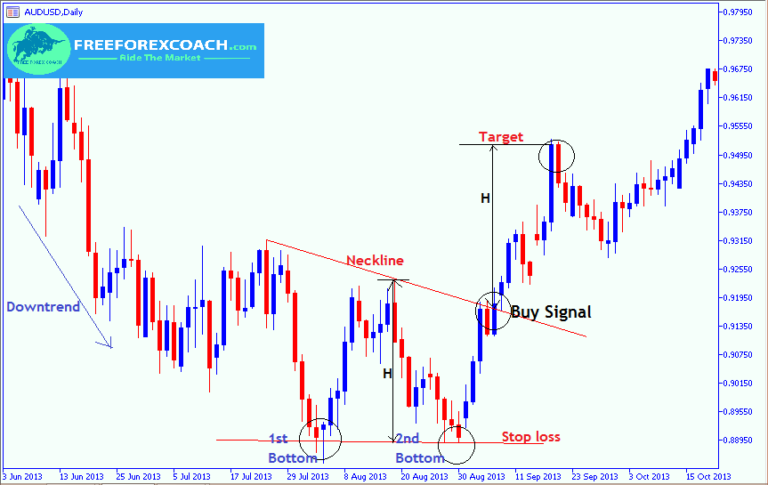Introduction

Image: www.pinterest.com
Investing in stocks and forex can be a heart-pounding journey, a rollercoaster ride of highs and lows that can leave even seasoned traders breathless. Yet, amidst the volatility, one strategy has emerged as a beacon of hope for those who dare to venture: the art of doubling down.
Doubling down is a bold move, a decision to increase your position in a stock or forex pair after it has already experienced a decline. It’s a strategy that flies in the face of conventional wisdom, which dictates that you should cut your losses and run when things go awry. But for those willing to stomach the risk, doubling down can be a game-changer.
Understanding Doubling Down
Doubling down is not for the faint of heart. It’s a strategy reserved for those who have a deep understanding of the market, their risk tolerance, and the potential rewards. When you double down, you’re essentially doubling your stake in an investment that is already losing value.
The idea behind doubling down is that by increasing your position when prices are low, you can potentially average down your entry point. This means that if the stock or forex pair recovers value, you will ultimately end up with a lower average cost basis, increasing your chances of profitability.
When to Double Down
Doubling down is not a strategy that should be employed haphazardly. It’s essential to carefully consider the following factors before taking the plunge:
- Market conditions: Is the market trending up or down? Doubling down is typically more effective in bull markets, where stocks or forex pairs have a greater chance of recovering.
- Stock or forex pair fundamentals: Are the fundamentals of the underlying stock or forex pair still strong? If so, this can provide support for a recovery.
- Risk tolerance: Are you comfortable with doubling down and potentially losing more money? It’s crucial to have a clear understanding of your risk tolerance before making this decision.
Benefits and Risks
Doubling down can offer several potential benefits:
- Averaging down: By increasing your position when prices are low, you can potentially lower your average cost basis.
- Capturing gains: If the stock or forex pair recovers, you can potentially make a substantial profit.
- Emotional advantage: Doubling down can provide a psychological boost, giving you the confidence to stick with your investment through tough times.
However, doubling down also carries risks:
- Increased losses: If the stock or forex pair continues to decline, you could lose even more money.
- Emotional bias: Doubling down can lead to emotional decision-making, clouding your judgment and potentially causing you to lose more money.
- Missed opportunities: By doubling down on one investment, you may be missing out on other opportunities with higher potential returns.
Expert Insights and Actionable Tips
To help you navigate the complexities of doubling down, here are some insights from seasoned professionals:
- Use a stop-loss order: A stop-loss order can help protect you from excessive losses by automatically exiting your position when the price reaches a predefined level.
- Set clear entry and exit criteria: Avoid doubling down based solely on gut instinct. Develop clear criteria for entering and exiting trades to minimize emotional bias.
- Consider partial doubling: Instead of doubling down your entire position, consider doubling down a portion of it. This allows you to reduce your risk exposure.
- Manage your emotions: Doubling down can be an emotionally charged decision. It’s important to remain calm, avoid panic selling, and make decisions based on sound reasoning.
Conclusion
Doubling down is a powerful strategy that can enhance your profitability in stock and forex trading. However, it’s crucial to approach it with caution and a thorough understanding of the risks involved. By weighing the benefits and risks carefully and following the expert advice outlined above, you can harness the potential of doubling down and unlock greater returns in the long run.

Image: freeforexcoach.com
Doubling Positions When Postion Goes Down Stocks Forex






